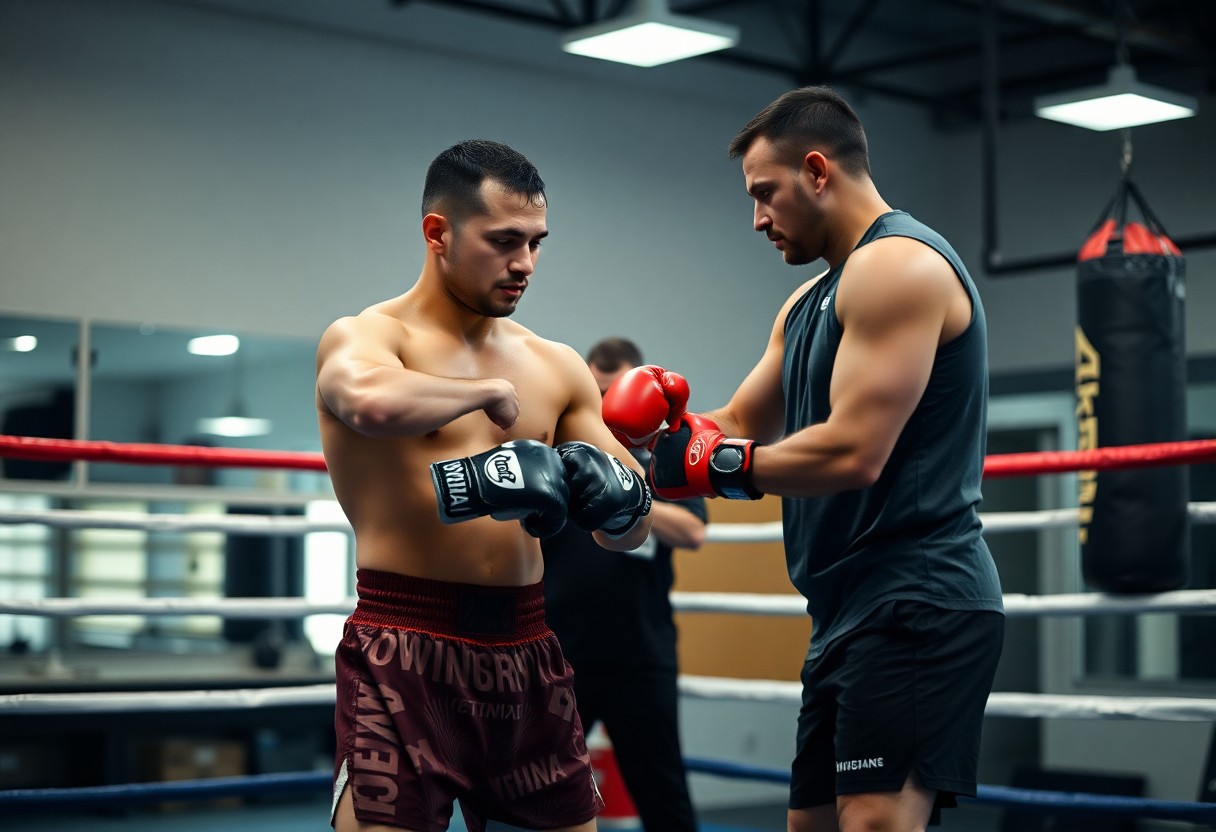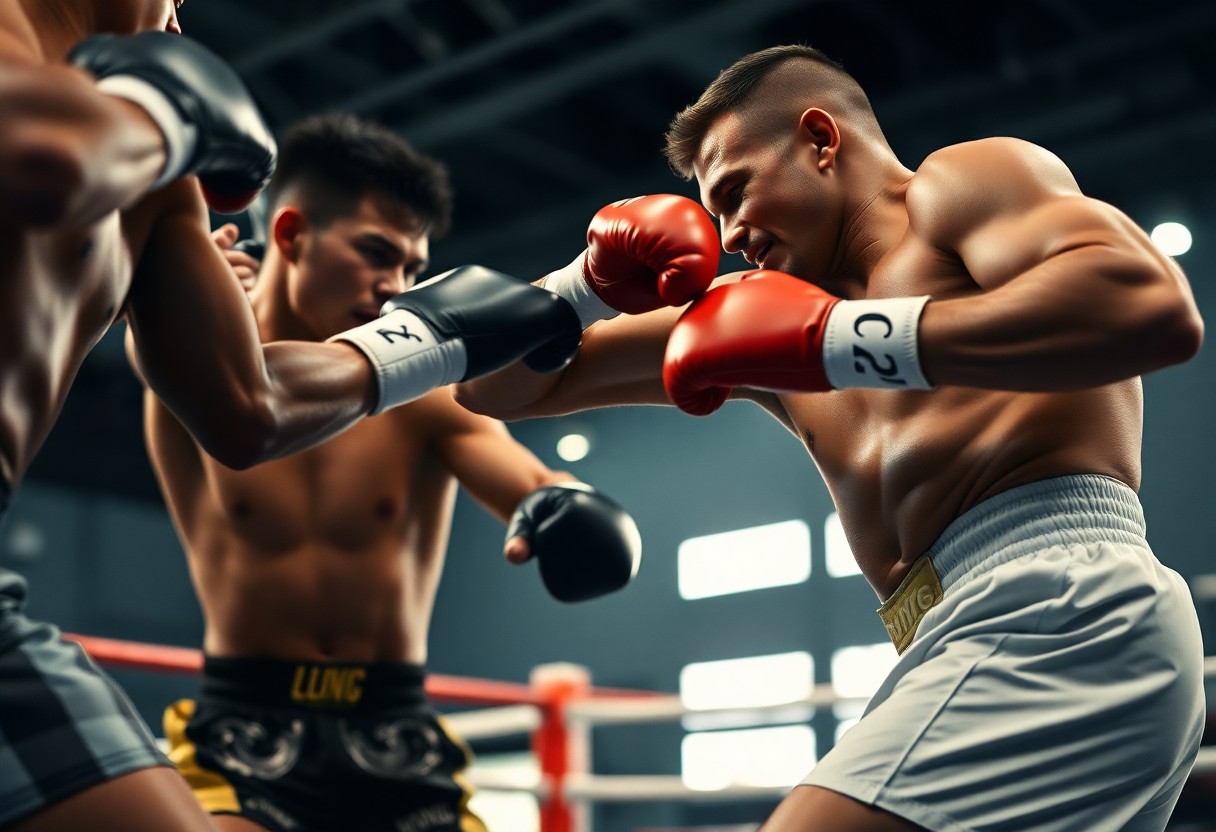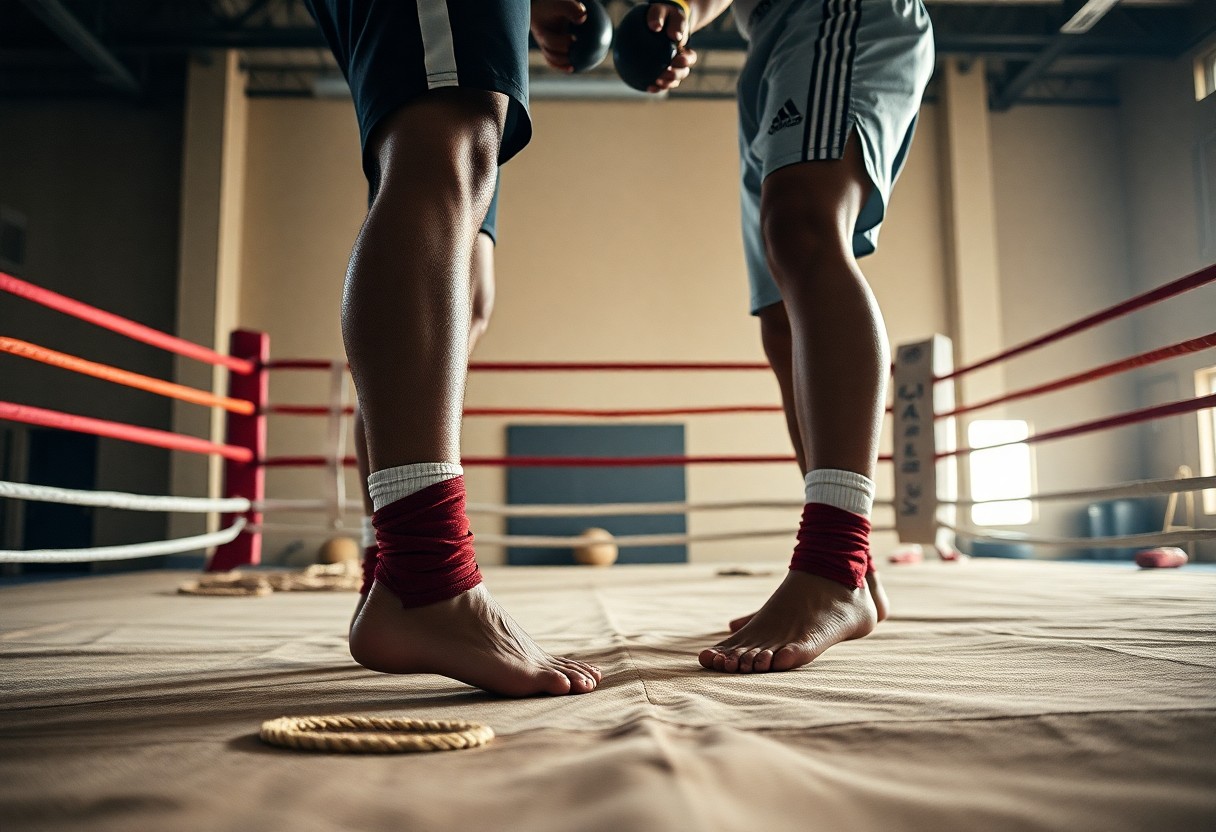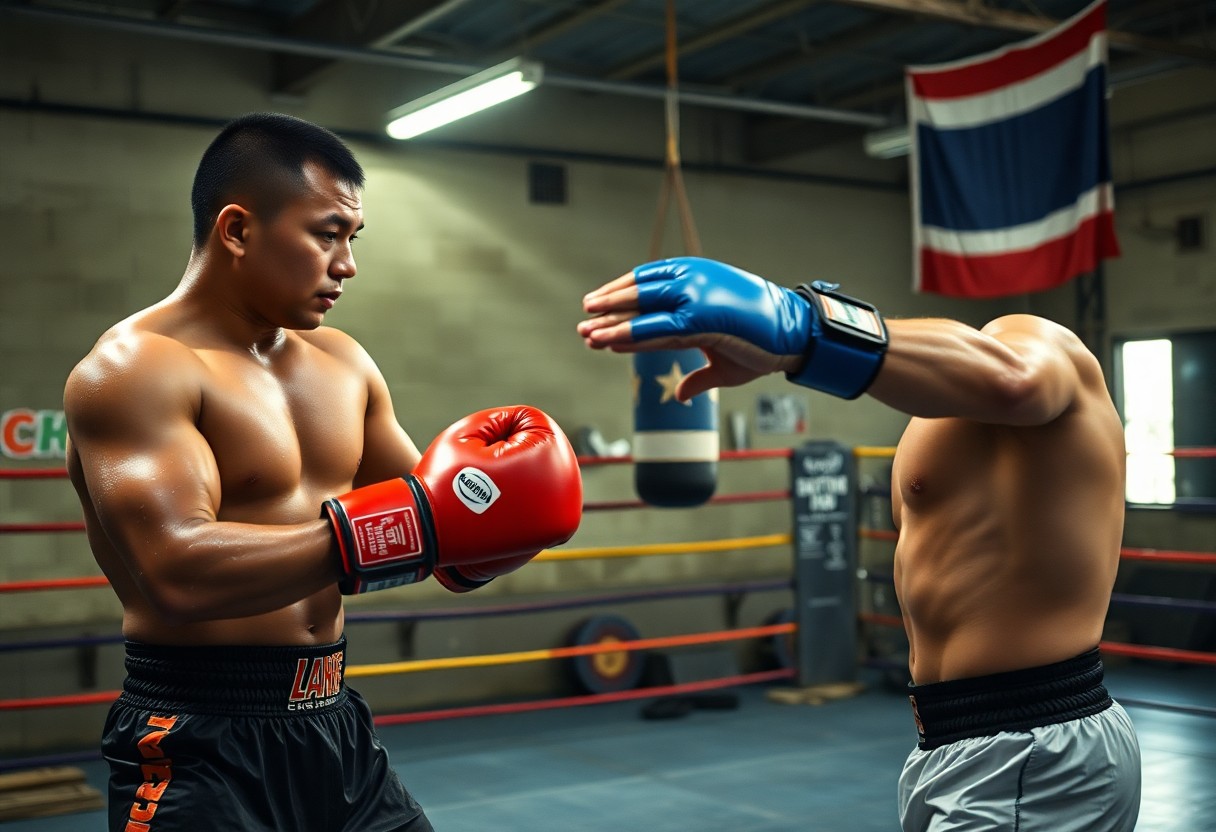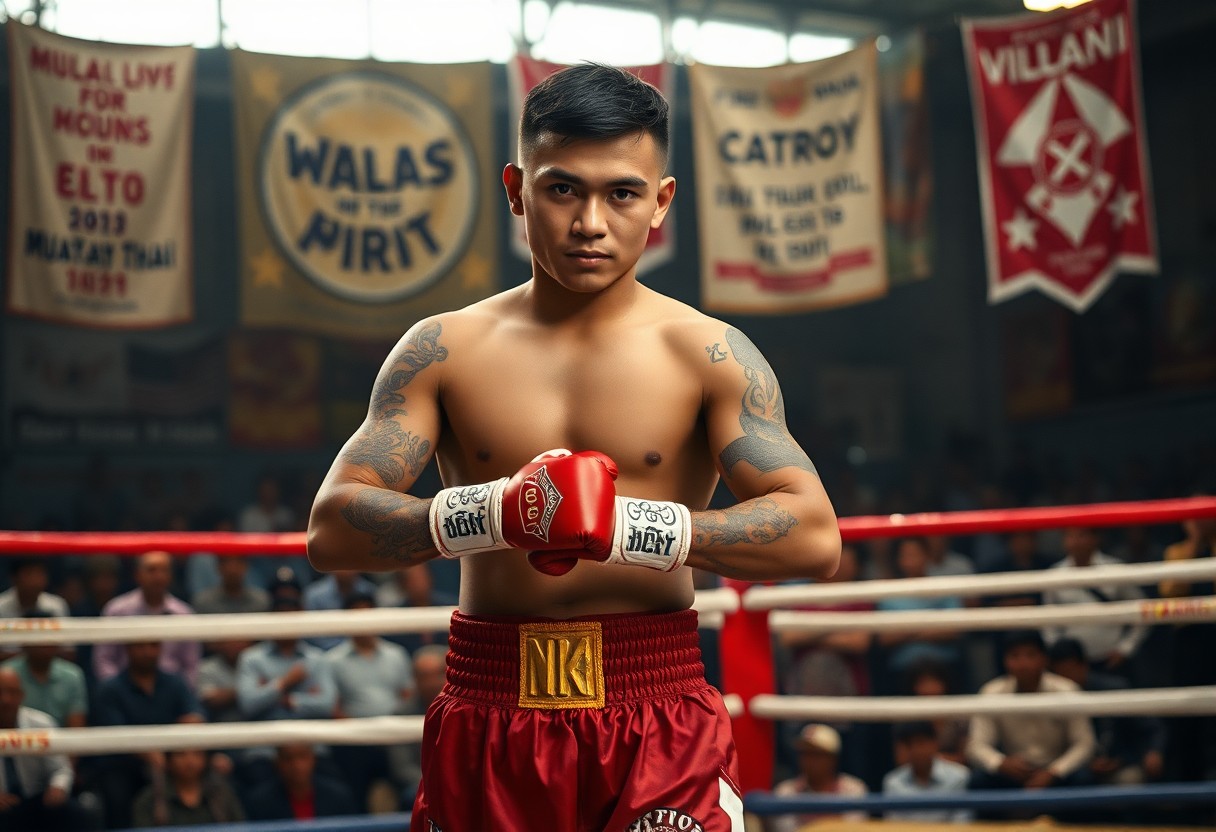
Just as the art of Muay Thai transcends mere sport, so too do the legendary fighters who have shaped its history. This guide researchs into the lives and careers of iconic athletes whose prowess in the ring not only challenged opponents but also elevated the sport to a global phenomenon. From their unparalleled technique to their indomitable spirit, these champions have left an indelible mark, serving as both inspiration and catalysts for future generations of fighters.
The Evolution of Muay Thai
Historical Background
Muay Thai, with roots tracing back to the 16th century, emerged as a martial art used by Siamese soldiers in battle. Initially called “Nai Khun Isaan,” it evolved from military training into a competitive sport, gaining prominence during the reign of King Chulalongkorn in the late 19th century, who embraced the art as a national heritage. The establishment of formal rules and weight classes in the 1920s further professionalized the sport, leading to the vibrant Muay Thai culture we see today.
Key Techniques and Styles
Muay Thai is characterized by its use of the eight limbs: fists, elbows, knees, and shins, distinguishing it as a “science of eight limbs.” Fighters utilize a range of striking techniques, footwork patterns, and clinch work, allowing for both offensive and defensive strategies. The art emphasizes not just brute strength, but also timing and precision, with techniques like the teep (front push kick) and elbow strikes being particularly effective in both scoring and damaging opponents.
Styles vary among fighters, including the traditional Muay Khao, which focuses on knee strikes and clinch, and Muay Fimeuu, centered on agile footwork and evasive techniques. Fighters often combine these styles, adapting their approach based on opponent strengths and weaknesses. Training emphasizes developing not just physical prowess but also strategy and mental toughness, making Muay Thai a comprehensive martial art that has evolved throughout generations while maintaining its core principles.
Iconic Fighters of the Era
Throughout the history of Muay Thai, several fighters have transcended the sport, creating legacies that resonate far beyond the ring. These athletes not only showcased incredible skill and strength but also set standards and inspired future generations. Their achievements and unique fighting styles have become staples in the narrative of Muay Thai, marking an era defined by their contributions.
Pioneers of the Sport
Pioneering fighters like Samart Payakaroon and Diesellek revolutionized Muay Thai with their technical prowess and charismatic presence. Samart, a two-time Lumpinee champion, earned fame for his speed and creativity, bringing a new level of finesse to the sport. Diesellek, known for his fierce clinch and powerful knees, laid the groundwork for a fighting style that many still emulate today.
Modern Legends
In recent years, fighters such as Saenchai and Buakaw Banchamek have emerged as modern legends, elevating Muay Thai on the world stage. Saenchai, renowned for his unorthodox techniques and stunning agility, has secured numerous victories across global promotions, including the prestigious Lumpinee Stadium titles. Buakaw, with his relentless fighting spirit and explosive striking, has garnered a massive international following, serving as a powerful ambassador for the sport.
Saenchai’s distinct style makes him a favorite among fans; his ability to seamlessly blend traditional techniques with innovative movements showcases the sport’s evolution. He holds an unparalleled record, having fought over 300 bouts while collecting titles in various divisions. Buakaw’s success in both Muay Thai and kickboxing illustrates his versatile skill set, achieving significant accolades and captivating audiences worldwide. Together, these modern legends have not only solidified their places in history but have also contributed immensely to the global appreciation of Muay Thai.
Types of Muay Thai Fighters
In the world of Muay Thai, fighters can be categorized based on their fighting style and strategy. Each type brings unique strengths and weaknesses to the ring, influencing match outcomes and overall dynamics. The most notable categories include:
- Traditional Strikers – Emphasize their striking techniques.
- Clinching Specialists – Excel in grapple techniques.
- Diverse Fighters – Combine striking and grappling skills.
- Punching Powerhouses – Known for their knockout abilities.
- Technical Clinchers – Mastery in controlling opponents in clinch.
Any fighter can adapt their style over time, reshaping their approach to the sport.
Strikers vs. Grapplers
In Muay Thai, the distinction between strikers and grapplers is significant. Strikers rely heavily on their ability to deliver powerful and precise kicks, punches, and knees. They dominate the fight by controlling distance and landing significant blows. Conversely, grapplers employ clinching and wrestling techniques to control their opponents and maximize scoring through effective grappling maneuvers. This dynamic creates a compelling contrast, as strikers aim for knockout power while grapplers focus on technique and positional advantage.
Weight Class Dynamics
Weight class dynamics are fundamental in Muay Thai, determining matchups and championship titles. Fighters are grouped based on weight, creating fair competitions that showcase the best in each category. These divisions ensure that fighters compete against opponents with similar physical attributes, enhancing the sport’s integrity. Each weight class has its stars, from lightweight sensations to heavyweight titans, reflecting varying fighting styles and strategies.
Understanding weight class dynamics also highlights the strategic importance of weight cutting, which many fighters undertake to compete in lower classes, often sacrificing strength for speed. This practice can significantly affect fight outcomes, as fighters may struggle to regain energy after weight loss. The heavier classes frequently exhibit explosive power, while the lighter classes showcase agility and technique, providing an array of thrilling matchups for fans.
Tips for Aspiring Fighters
To excel in Muay Thai, aspiring fighters should focus on a few key areas:
- Dedication to training
- Nutrition for optimal performance
- Technique refinement
- Support from coaches and peers
- Resilience in overcoming challenges
Thou must embrace a relentless pursuit of improvement.
Training Regimens
A successful Muay Thai training regimen combines both structured workouts and sparring sessions. For instance, many champions dedicate at least two to three hours per day to various aspects including technique drills, strength conditioning, and flexibility exercises. The integration of shadow boxing and heavy bag work allows fighters to refine their skills while building endurance.
Mental Preparation
Mental preparation plays a significant role in a fighter’s performance. Visualization techniques help build confidence by allowing fighters to mentally rehearse their techniques and fight scenarios. Many successful athletes incorporate meditation to enhance focus and reduce anxiety before stepping into the ring.
Fighters are often taught strategies like deep breathing exercises and positive self-talk to combat pre-fight jitters. Research indicates that elite athletes often visualize their victories, which reinforces their mindset. In high-pressure situations, such mental tools become important, helping maintain composure and clarity. Through consistent practice, mental toughness can rival physical training in importance, establishing a well-rounded fighter ready to dominate in any bout.
Step-by-Step Guide to Muay Thai Techniques
| Technique | Description |
|---|---|
| Jab | A quick, straight punch using the lead hand to maintain distance. |
| Cross | A powerful straight punch from the rear hand, often following a jab. |
| Elbow Strike | A close-range attack using the elbow, effective for cutting. |
| Knee Strike | Driving the knee into an opponent, typically used in clinch situations. |
| Roundhouse Kick | A powerful kick delivered from the side, targeting legs or head. |
Basic Strikes
Mastering basic strikes is imperative for any Muay Thai practitioner. These foundational techniques include the jab, cross, and various kicking styles such as roundhouse kicks. Each strike not only increases offensive output but also helps build overall rhythm and timing. The effectiveness of basic strikes can significantly alter a fight’s outcome when executed with precision.
Defensive Maneuvers
Defensive maneuvers are equally important as strikes in Muay Thai. They include techniques like blocking, bobbing, and weaving to avoid incoming attacks, preserving energy while maintaining an offensive position. A fighter’s defensive strategy can often dictate the pace and flow of a match.
Effective defensive maneuvers not only minimize the chances of taking damage but also create openings for counter-attacks. Techniques such as blocking kicks with the shin or using footwork to evade punches can shift the momentum in a fighter’s favor. Additionally, utilizing clinch techniques not only provides an opportunity to neutralize an opponent’s attack but also sets the stage for potential strikes or takedowns. Incorporating these maneuvers requires practice and awareness, as the ability to read an opponent’s movements can lead to a decisive advantage.
Factors That Define a Great Fighter
A great fighter stands apart due to a combination of key characteristics that elevate their performance. These factors include:
- Physical Conditioning
- Technical Skill
- Strategic Thinking
- Mental Toughness
- Experience
Knowing these elements enhances the understanding of what separates exceptional fighters from the rest.
Physical Conditioning
Physical conditioning is the foundation of a successful fighter’s performance. Excellent stamina, speed, and strength are necessary for executing techniques effectively. Fighters often engage in intense training regimens that include running, sparring, and weightlifting to enhance their overall physical attributes, enabling them to withstand the rigorous demands of competitive bouts.
Strategic Thinking
Strategic thinking distinguishes exceptional fighters in the ring. They analyze opponents’ patterns, strengths, and weaknesses to devise effective game plans. This mental agility allows them to adapt during fights, employing feints, counterattacks, and varied striking techniques to gain the upper hand.
In Muay Thai, strategic thinking involves not only understanding one’s fighting style but also anticipating the opponent’s moves. Fighters like Saenchai have demonstrated the power of strategic feints and timing, allowing them to control the pace of the fight. Analyzing past matches provides insights into their decision-making in critical moments, solidifying the importance of tactics over brute strength.
Pros and Cons of a Career in Muay Thai
| Pros | Cons |
|---|---|
| High physical fitness level | Risk of injuries |
| Potential for fame and recognition | Short career span |
| Financial rewards from fights | Intense competition |
| Enhanced discipline and focus | Strain on personal relationships |
| Access to global networks | Psychological pressure |
| Cultural and historical significance | Limited job security |
| Opportunities for sponsorship | Time-consuming training commitments |
| Ability to travel internationally | Potential for burnout |
| Community and camaraderie among fighters | Financial instability for newcomers |
| Ability to give back through coaching | Long recovery times from injuries |
Advantages of Fighting Professionally
A career in professional Muay Thai offers numerous advantages. Fighters often achieve a peak level of physical fitness, which can lead to overall wellness. The opportunity for financial rewards through fights and sponsorships can be substantial, especially for well-known fighters. Additionally, being part of a rich cultural tradition provides fighters with a sense of identity and purpose, along with chances to travel and connect with a global community.
Challenges and Risks
Engaging in professional Muay Thai also comes with significant challenges and risks. Fighters face the reality of injuries, which can sometimes lead to long-term health issues. The nature of the sport requires rigorous training and competition, which can result in physical and mental burnout. Additionally, the intense pressure to perform can strain personal relationships, often leaving fighters isolated during crucial periods.
Injuries in Muay Thai range from common ailments like sprains and bruises to more serious conditions such as fractures and concussions. The grueling training regimen and relentless competition can contribute to chronic pain or even psychological conditions, including anxiety and depression. With athletes often prioritizing their careers, neglecting recovery time may exacerbate these issues. The short lifespan of a fighting career further complicates matters, as many fighters must transition to different jobs, often causing financial instability following retirement from the sport.
Conclusion
Hence, the legacy of Muay Thai fighters who defined an era is not merely reflected in their championships but also in their profound impact on the sport’s evolution and global recognition. These athletes transcended the ring, influencing techniques, culture, and the next generations of fighters. Their stories serve as a testament to the discipline and artistry inherent in Muay Thai, ensuring that their contributions will resonate through history and continue to inspire future champions.
FAQ
Q: What is “From The Ring To History – Muay Thai Fighters Who Defined An Era” about?
A: This work explores the lives and careers of iconic Muay Thai fighters who have significantly impacted the sport. It explores into their fighting styles, key matches, and legacy, highlighting how they shaped Muay Thai’s evolution and cultural significance.
Q: Who are some of the featured fighters in this work?
A: The book features notable figures such as Samart Payakaroon, Dieselnoi Chor Thanasukarn, and Saenchai Sor Kingstar, each of whom made remarkable contributions to the sport and left a lasting impression on fans and practitioners alike.
Q: What can readers expect to gain from reading this work?
A: Readers will gain insights into the historical context of Muay Thai, the personal journeys of legendary fighters, and an understanding of the techniques and strategies that defined their fighting styles, enriching their appreciation for the sport.


